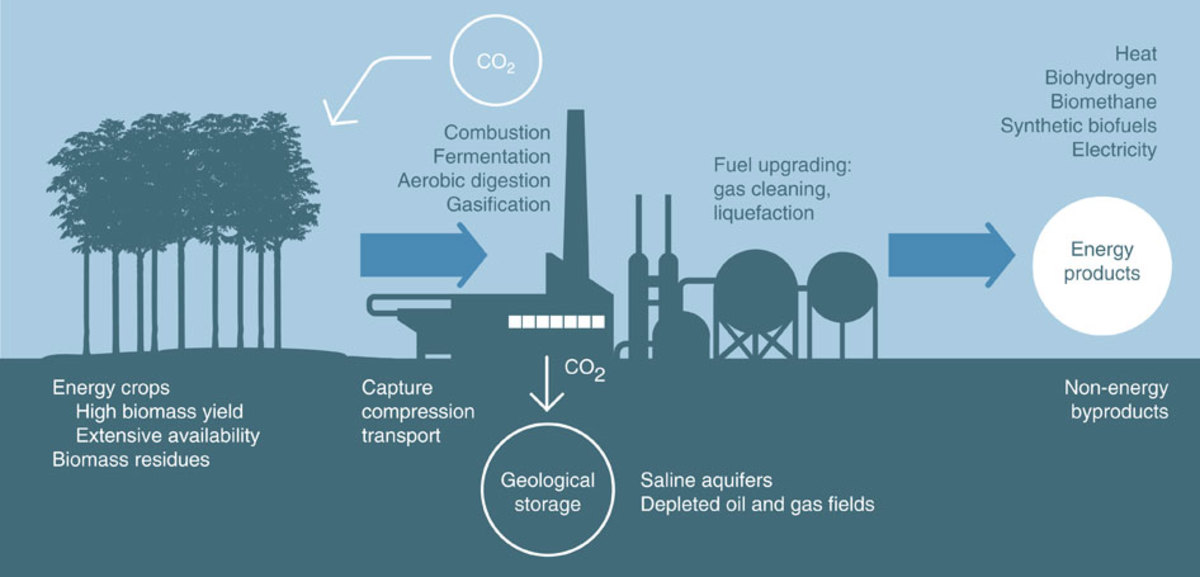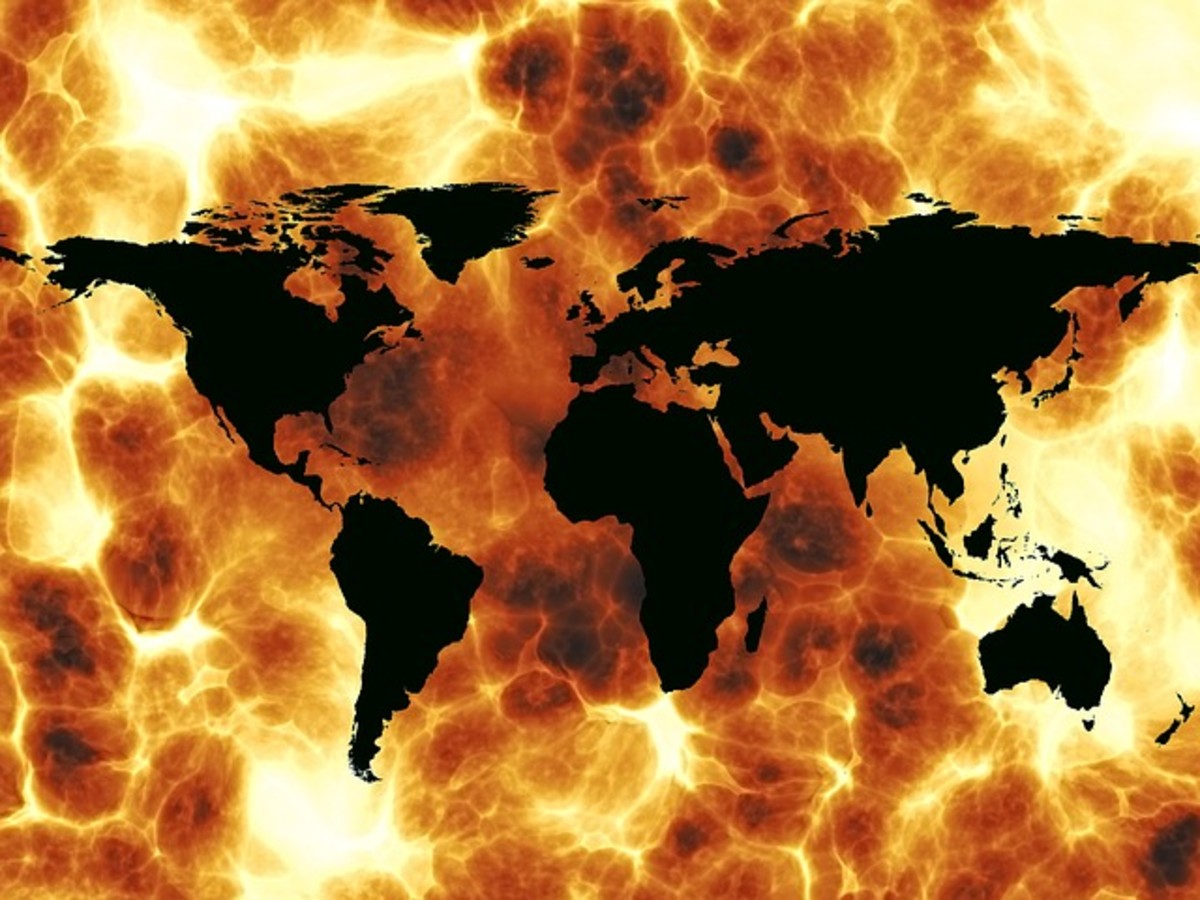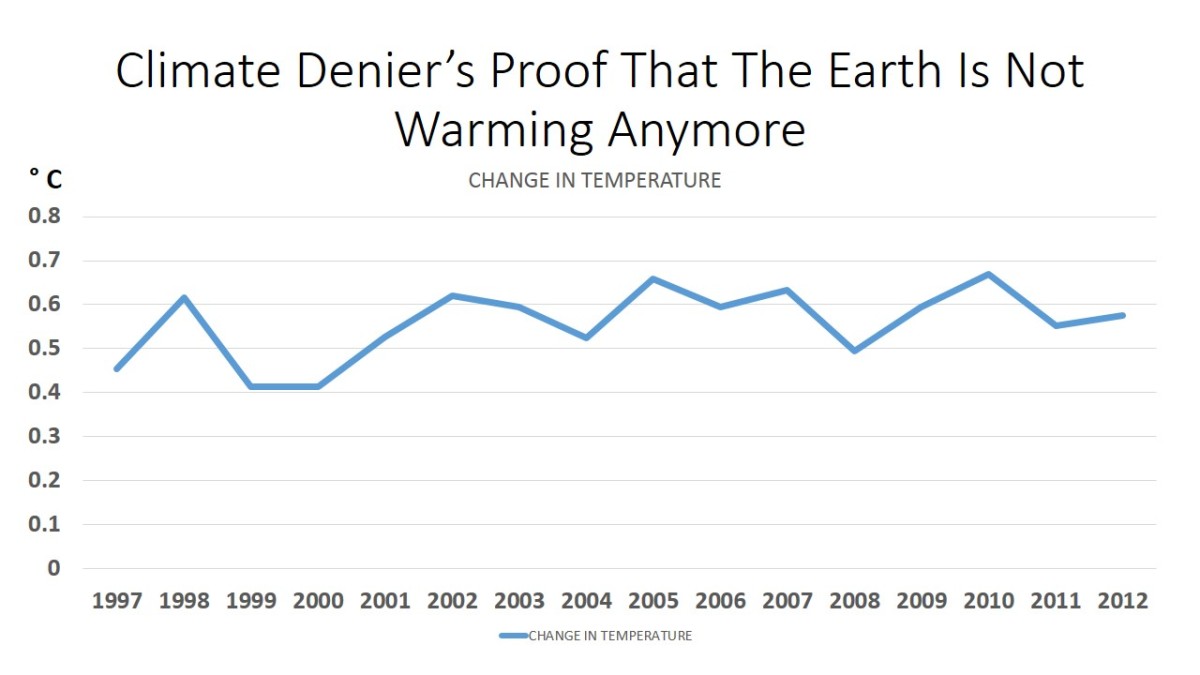Do-It-Yourself Carbon Offsets

In 1517, Martin Luther nailed a list of 95 arguments against the Catholic Church's use of papal indulgences to the door of the Castle Church in Wittenberg.
Indulgences were (and are) used by the Church to raise money. They were supposed to grant forgiveness for sins, but by Luther's time, they had been abused by professional "pardoners" seeking to relieve the faithful of more and more of their money to the point that even Pope Boniface IX, more than a century before Luther, had condemned some practices associated with their sale. Unfortunately, Boniface was unable to stop them, and the resulting divide ended up splitting the Catholic Church.
What on earth does Christian religious history have to do with carbon offsets? Well, it's my (not very humble at all) opinion that carbon offsets are the modern day equivalent of papal indulgences.
Although carbon offsets have some benefits, all too often they are used as excuses by businesses and individuals alike to call themselves "green" while continuing to pollute as much as (and sometimes more than) before.
At the corporate level, some good may manage to come out of this, through increased investment in renewable energy and tree planting projects.
At the individual level, however, carbon offsets simply don't make sense. What on earth is the point of giving your money to a third party (the carbon offset company) when you can give it directly to a business or charity that's working to sequester carbon, develop renewable energy sources, or other activities that combat climate change?
Instead, here are some ways to support lifestyles and technologies that will encourage renewable energy and carbon sequestration:
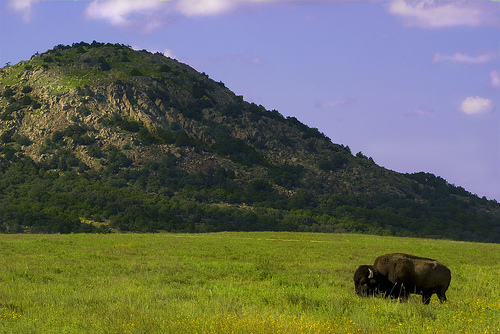
Grasslands Conservation and Restoration
It's a little known fact that grasslands sequester more carbon than forests. Over their entire lifespan, trees are actually carbon neutral. They suck vast quantities of carbon dioxide from the atmosphere and store it for decades or even centuries, but when the tree is felled or burned by man or nature, its stored carbon is released back into the atmosphere. This is why Indonesia and Brazil have carbon footprints greatly disproportionate to their average standard of living - deforestation releases more carbon dioxide into the atmosphere every year than almost any other single activity.
Grasslands, in contrast, store carbon dioxide in the soil, not in the plants themselves. The sequestered carbon is released only by plowing or other disturbances. (This is one reason no-till farming is considered more ecologically sound than normal plowing.)
There are a number of ways you can support grasslands conservation and restoration:
- Eat grassfed or pastured meat, dairy, and eggs. Put your money where your mouth is, literally. In addition to the excellent carbon sequestration powers of well-managed pasture, grassfed animal products are more natural and humane for the animals, and healthier for the consumer.
- Restore grasslands ecosystems such as the tallgrass prairie of North America or the Pampas of South America.
- Preserve existing grasslands habitat. Thanks to their widespread conversion to agricultural land, wild grasslands are among the most endangered habitats in the world. For example, just 1% of the original extent of the tallgrass prairie remains undisturbed.
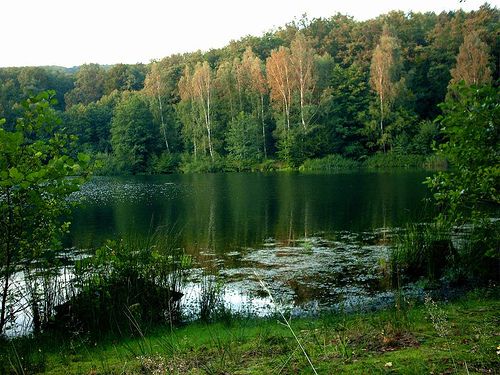
Forest Conservation and Restoration
Although inferior to grasslands, forests still make pretty darn good carbon sequestration devices, and they have other important climate effects thanks to their involvement in the water cycle, as well as being hotspots of biodiversity. Yet forests are being destroyed in much of the world at nearly unimaginable rates. 140,000 acres of rainforest a day disappear under saw or crackling flame, 51 million acres a year.
Here's what you can do to help:
- Plant trees. A single large maple tree can sequester 450 pounds of carbon a year. If you choose their sites with care, trees can also help cut your emissions by reducing your heating and cooling bills! The UN Environment Programme has launched a major effort to plant 7 billion trees around the world. You can make a pledge on the site and register your planted trees. Over 2 billion trees have already been registered.
- Pay somebody else to plant trees. If you live in an apartment or your backyard already has as many trees as you want, you can get involved in other tree planting campaigns around the world, including efforts to restore Brazil's endangered Atlantic Rainforest and provide agroforestry livelihoods for impoverished Africans.
- Promote forest conservation. There are many organizations working to fight deforestation and preserve forest habitats. They include the Arbor Day Foundation, the Rainforest Action Network, the Rainforest Alliance, American Forests, and many others. When choosing an organization to donate money or time, do your research to make sure it's legitimate. A good starting point is Charity Navigator.
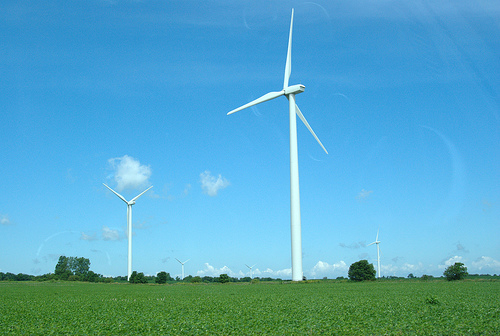
Renewable Energy
Renewable energy has come under renewed attention in recent years, but it is still desperately underfunded compared to fossil fuel energy sources.
Here's how to help:
- Invest in alternative energy. Investing in alternative energy stocks or mutual funds is a bit of a risky proposition with the economy in its current shape, though if you do your research you might come out okay. It may also be possible to get involved with an alternative energy co-op or similar project.
- Promote alternative energy. A number of organizations focus primarily on legislative answers, including the Apollo Alliance and the Pickens Plan.
- Do-it-yourself alternative energy. If you are lucky enough to live where there is a good wind or solar resource, you can install a small wind or solar project yourself. Some utility companies will even pay you for any excess electricity you generate!
I hope these tips have given you some ideas about how to directly promote carbon sequestration and the development of a post-carbon economy.
But don't forget the most important step of all: to reduce your carbon footprint in the first place!
Reduce, reuse, recycle. Bike or walk whenever possible. Turn that thermostat down in winter and up in summer. Eat locally grown organic foods... You know the drill. It does work, and it will save you money too.







